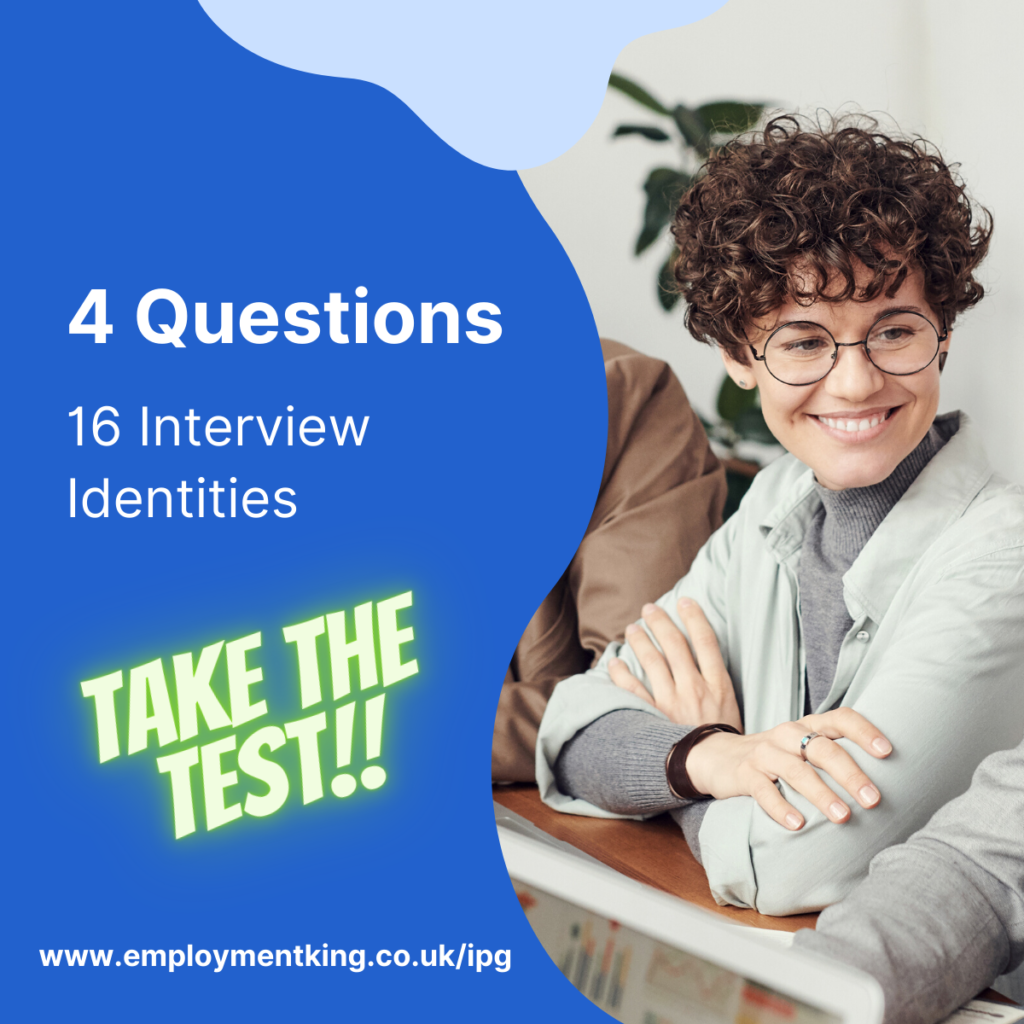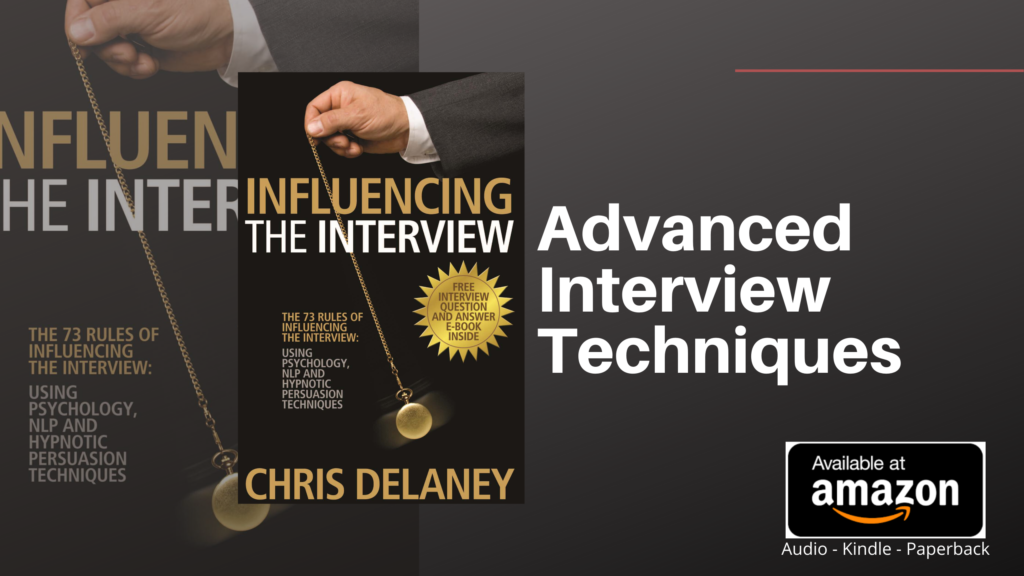Predicting performance related job interview questions is a relatively easy task.
The main duties of any job role require a certain level of industry knowledge and/or experience. For key tasks; completing calculations for a IstructE chartered engineer or serving customer task for a retail role, is classed as ‘essential’.
Each of the essential criteria will be turned into a technical interview question. Technical questions are asked in the form of a ‘behavioral’ or ‘situational’ question as part of the ‘structured’ interview process.
Generally speaking, an applicant who scores high in the ‘interview prediction grid’ test will be offered the job role, as their competencies are expressed confidently throughout the recruitment process.
A self-assured ‘interview identity’ as an example, scores high, as they are able to evidence their related skill-set confidently.
In addition to being asked technical interview questions, applicants will often be asked question to undercover a candidates personal qualities.
Skills, which can range from ‘communication’ to a driving skill for a FLT driver, can be learnt. On the other hand, a ‘quality’ is something a person is born with.
In the world of work qualities are in demand. Qualities can include:
- Determination
- Patience
- Creativity
- Honesty
- Problem-solving
Questions like ‘tell me how you handled a difficult situation at work?’ are asked to review an applicants qualities.
The wrong way to answer the ‘difficulty’ interview question
Commonly, interviewees answer ‘behavioral’ interview questions using an interview formula including the STAR technique.
The STAR technique is a structure designed to make the telling of an interview answer direct and specific.
Situation:
Explain the situation, giving enough specifics to allow an employer to understand the difficulty the applicant was facing.
Task:
In the ‘task’ part of the answer, candidates can highlight their competencies by explaining what their responsibility was during the difficulty.
Action:
It is important, no essential, that the interviewee references what actions they personally tool to solve the difficulty.
Result:
Finally the result of the actions should be stated to conclude the interview answer.
What is missing from the STAR formula, or what is misunderstood, is the need to reference personal qualities.
The STAR structure encourages the referencing of ‘actions.’ In most cases, the applicant, when stating passed experiences, fail to reference their thinking process, or their temperament, or their qualities.
How to answer the ‘difficulty’ questions by stating qualities
Another 4 step interview formula can be used which allows a deeper insight into an applicants process to dealing with problems:
PEAL Interview Formula
- Problem (or difficulty)
- Explain Thinking
- Action
- Long-term outcome
Problem
Stating a common industry related problem or difficulty makes it story relevant to job role and easy for the interview panel to relate to.
Once a problem has been reference, explain the negative impact this issue would have on business as usual.
Discussing the negative impact of a problem highlights the seriousness of the event.
Explain Thinking
The ‘thinking’ stage is missing stage in most job interview questions.
It is here where an applicant can ‘sell’ their ‘qualities’.
To highlight problem solving skills, a candidate can discuss options. Stating the choices an applicant had shows an deeper understanding and awareness of sector related issues and potential solutions.
When discussing ‘choices’ explain the pro’s and con’s of each choice. End by giving the reason for the choosing the preferred option.
If the difficulty was solved with creative thinking explain the ‘creative’ process. Did you use mind-maps? Lists? Checked lesson learnt logs?
If it came down to hard work or work ethic, describe how this came about. As an example you could state how you knew that the task required X number of working hours to complete and because of (add quality) you decide to (action)
What is important is to clearly explain the qualities the applicant possesses that were key in overcoming a difficulty.

Action
Combined small tasks together to create 3-5 detailed actions.
Explaining the actions is in essence a breakdown of the chosen option. The option, therefore, was the objective and the actions are the required steps taken to achieve the objective.
Stating the information in this way allows the interview panel to process the interview answer in a logical format.
Long-term Outcome
Many job interview questions end weakly.
‘I achieved the goal’ or ‘everyone was happy with the end result.’
Instead, shows a strategic view point. Give a long-term positive outcome. Explain the knock-on affect of overcoming the problem.
This could include:
- The project was so successful that is become part of business as usual
- This led to the customer increasing orders with our company
- We found that this method reduced overhead cost which led it to be the preferred method of operation

Example PEAL Interview Answer
Problem
‘When in my last position (add common industry difficulty) happened. As you know when (common industry difficulty) happens it can (add negative outcome). In this case, the situation worsened because (add situation that would have a negative long-term effect) which would led to (negative long-term effect)….
Explain Thinking
‘…I had two choices. the first option was to (add choice 1) the positive of this option was (add pro) but this could also (add con). The second option was (add choice 2) we were concerned about (add con) but this choice could (add con). In the end I choose to (add thinking and reason)…’
Action
‘….Once I had chosen the best way to overcome (problem) I first (add action), then (add second action) and finally (add third action)…’
Long-Term Outcome
‘…We were able to solve the immediate problem but we were able to use this (situation) to make key changes to (specify) which resulted in (long-term outcome)’






